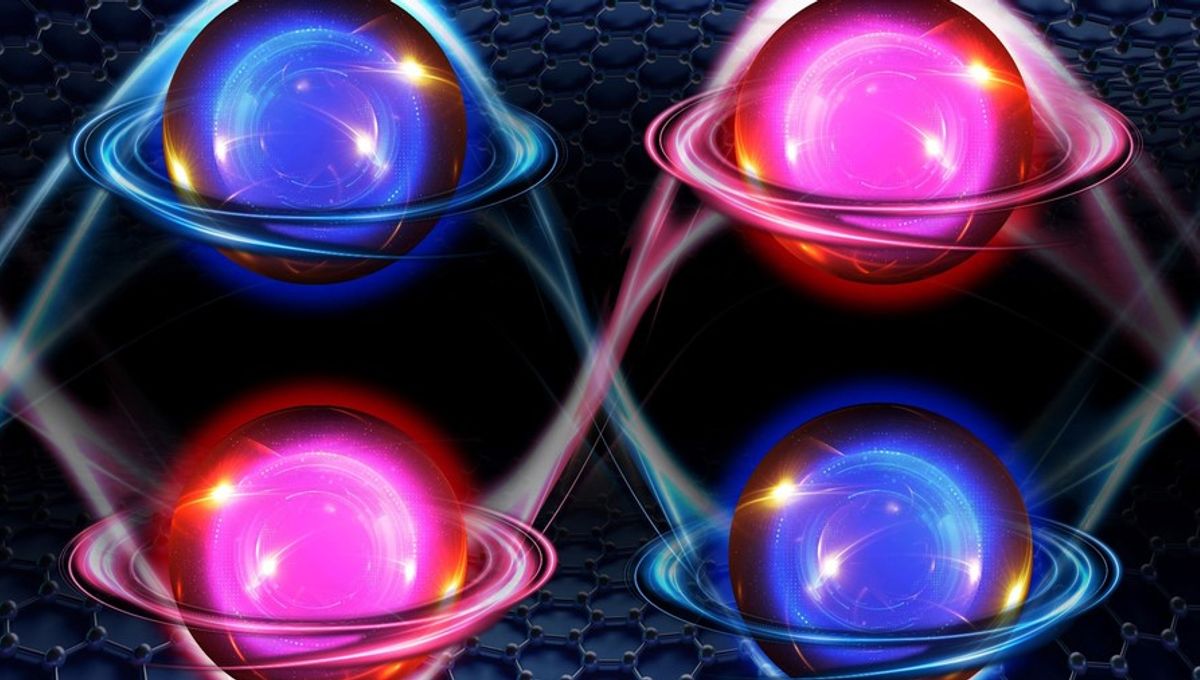
Researchers from the Massachusetts Institute of Technology have discovered a configuration of graphene layers with some exciting magnetic properties and an electronic property that has not been seen before in a material.
Graphene is an atom-thick layer of carbon that has some pretty unusual properties in itself. The atoms are arranged in a hexagonal lattice and the material is very strong and can transmit electricity. Researchers took graphite, the material inside a pencil, and separated the thinnest layers from it. They then arranged five of them in a rhombohedral pattern – like a slanted block – and measured their properties.
First of all, this 5-layer graphene exhibited a peculiar magnetic property – called a “multiferroic” state – which is very rare. If unconventional magnetism wasn’t enough, it also had a unique type of electronic behavior that the team called ferro-valleytricity, which is the cause of the multiferroic state.
“Graphene is a fascinating material,” team leader Long Ju, assistant professor of physics at MIT, said in a statement. “Every layer you add gives you essentially a new material. And now this is the first time we see ferro-valleytricity, and unconventional magnetism, in five layers of graphene. But we don’t see this property in one, two, three, or four layers.”
The arrangement of the layers and placing the sample near absolute zero allow interactions between the electrons to emerge. There are quantum interactions at play, that create the overall behavior of the system.
“In five layers, electrons happen to be in a lattice environment where they move very slowly, so they can interact with other electrons effectively,” Ju added. “That’s when electron correlation effects start to dominate, and they can start to coordinate into certain preferred, ferroic orders.”
The first ferroic property is that all electrons coordinate their orbital motion, similar to how in a regular magnet electrons align along their spin. The second ferroic property is about the “valleys” the two lowest energy states that electrons can occupy in graphene. Usually, electrons don’t discriminate between one or the other. But in the 5-layer material, they pick one more than the other.
These two properties result in an overall magnetism that is multiferroic – so magnetic fields can be applied to a material to achieve multiple preferred states. These can be useful in applications that possess higher efficiency than traditional materials and devices.
“Having multiferroic properties in one material means that, if it could save energy and time to write a magnetic hard drive, you could also store double the amount of information compared to conventional devices,” Ju explained.
The paper discussing the results is published in the journal Nature.
Source Link: Remarkable Never-Before-Seen Electronic Behavior Observed In Graphene